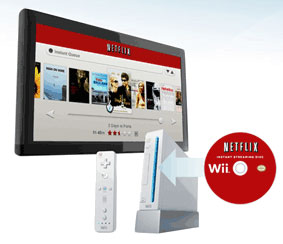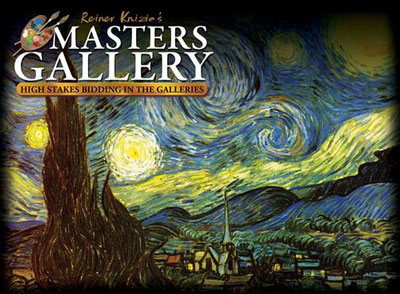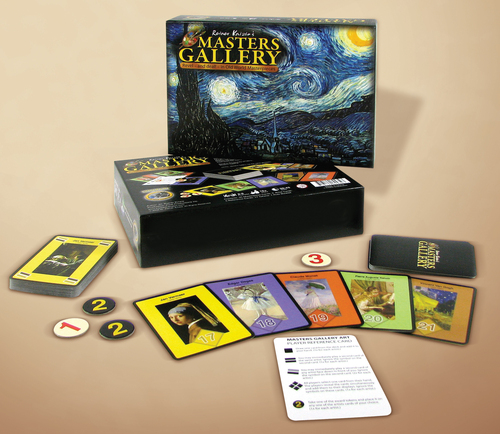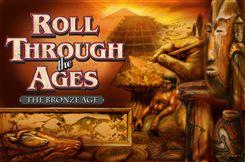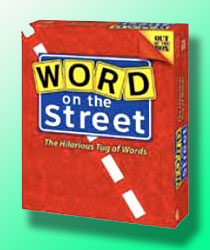Review: Greenpeace's Anti-oil Propaganda Board Game: Deepsea Desperation
 Wednesday, December 22, 2010 at 01:27PM
Wednesday, December 22, 2010 at 01:27PM 
Review
Deepsea Desperation
Terror Bull Games
Free Print-and-Play
**Click Here to Download from Greenpeace.org**
Normally it would not occur to me to review a free print-and-play game released as a political tool on a company website. It is not that I don't find the use of board games as a propaganda tool interesting. It is just that free print-and-play games usually suck. Deepsea Desperation, however, has a huge advantage. It wasn't designed by a sub-committee in the marketing department, but, instead, sprung from fertile, and wholeheartedly satirical, minds of the guys a Terror Bull Games--a company actually formed and dedicated to the idea of using board games as political and social tools. Terror Bull's War on Terror is easily the best satirical board game of the last four decades or so, finally giving the classic Nuclear War some company in the satirical-board-games-that-are-actually-fun-to-play pile. Also of note, Terror Bull likely attracted Greenpeace's attention with an earlier print-and-play game inspired by an oil spill--Operation Bullshit Plug (note the bolded letters).
Now we get Deepsea Desperation, commissioned by Greenpeace, and aimed not just at BP, but at BIG OIL in general. In the game, players take the role of either heroic Greenpeace activists or evil oil company drillers. Each side takes turns performing one of three available actions. A sure sign this is a "real" board game is that the two sides have assymetrical choices and goals. On the activist's turn, he or she can choose between these three options:
- Move
- Occupy oil company ship (which costs the company money, but sends the activist ship back to its starting spot)
- Create a marine reserve in the four spots orthogonal to the activist ship. These spots may no longer be drilled.
One the company players turn, he or she has the following choices:
- Move
- Lobby (which removes reserve tokens adjacent to the company ship)
- Drill ("...baby drill!") Company player rolls a die twice and gains money equal to the difference between the first and second die roll. If a double is rolled, a "blowout" occurs and animals in adjacent squares are killed. The deeper the water, the larger the blowout.
The goal for the activists is to form nature preserves on all the deep-sea spaces. The oil company is simply trying to make money. Both sides can lose if all of one animal species is wiped out during a blowout. Of course, to ratchet up the satire a bit, you could always considered wiping out a species to be an alternative win condition for the oil company.
And that alternative win condition might actually be needed to balance the game out. The activists seem to have an advantage in our test games and I found myself drilling the heck out of deep sea spots hoping for a massive blowout just to keep the goody two-shoes activists from claiming a victory. Regardless, the game is a cool little filler. It plays in around ten minutes and actually provides some opportunity for playing well and earning a win. I'm going to throw my copy inside my Nuclear War box and maybe it will get some play in the coming years--something I wouldn't have expected when I first heard of the game.
Score: 7/10
 Print-and-play,
Print-and-play,  Satire,
Satire,  Terror Bull Games,
Terror Bull Games,  review in
review in  Board Games
Board Games 
